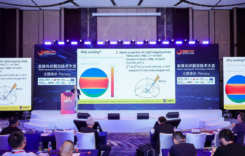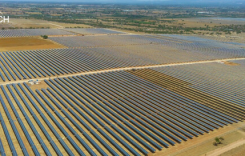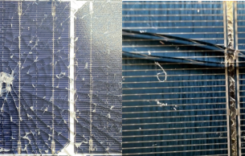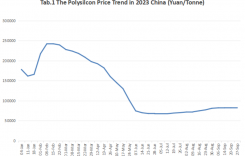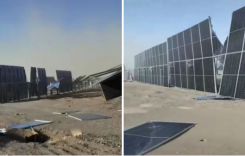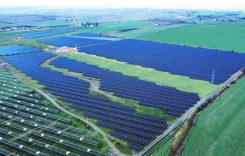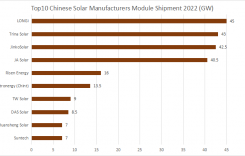PVTIME – A joint forecast by organisations including the German Solar Industry Association and the European Solar Industry Association predicts that global new solar power capacity will exceed 60GW by 2025. This would represent a doubling of the capacity added in 2022, marking a period of rapid growth for the global solar industry. China remains the market leader, and despite challenging conditions, Germany has made progress. Cross-sector solutions from electric vehicles are also gaining attention as a way of addressing grid storage issues.
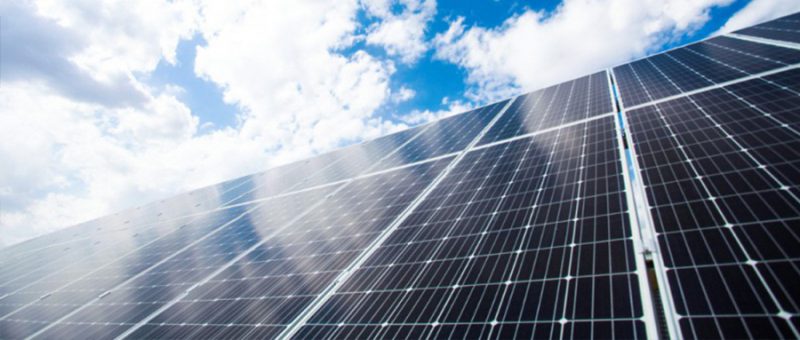
According to data from the China Electricity Council, China added 43GW of new power capacity in 2024, with wind and solar accounting for over 80% of this total, or 36GW. Solar alone contributed 32.9GW, which is more than double the combined new capacity of the countries ranked second to tenth worldwide. By the end of 2024, China’s total installed solar capacity had reached 89GW, further strengthening its position as a global leader.
Germany also delivered a strong performance, with its solar capacity surpassing 10GW by late 2024. This places Germany fourth globally, behind China, the US, and India. The country added 1.75GW last year. Jörg König, president of Germany’s Solar Industry Association, told DPA that growth may slow slightly in 2025, with the residential rooftop PV market cooling, though demand for balcony-mounted solar panels will remain strong.
As solar capacity booms, grid energy storage has become a global challenge: excess power generated during peak sunlight hours needs to be stored to avoid waste. Herbert Diess, former Volkswagen CEO and now an executive at the charging solutions firm Mobility House, has proposed a solution: electric vehicles (EVs) with grid storage capabilities are already being launched. These vehicles can act as distributed storage units, reducing drivers’ costs while potentially boosting Europe’s EV market.
Vehicle-to-Grid (V2G) technology is currently being trialled in several countries. Nine Chinese cities, including Shanghai and Guangzhou, are taking part in the first large-scale V2G pilot schemes, with Guangzhou providing an annual subsidy of 200 million yuan for the initiative. According to the Energy Storage Leadership Alliance, the global V2G market is expected to grow from 3.78 billion US dollars in 2023 to 45.09 billion US dollars by 2033, which will provide key support for solar expansion.

Scan the QR code to follow PVTIME official account on Wechat for latest news on PV+ES



